

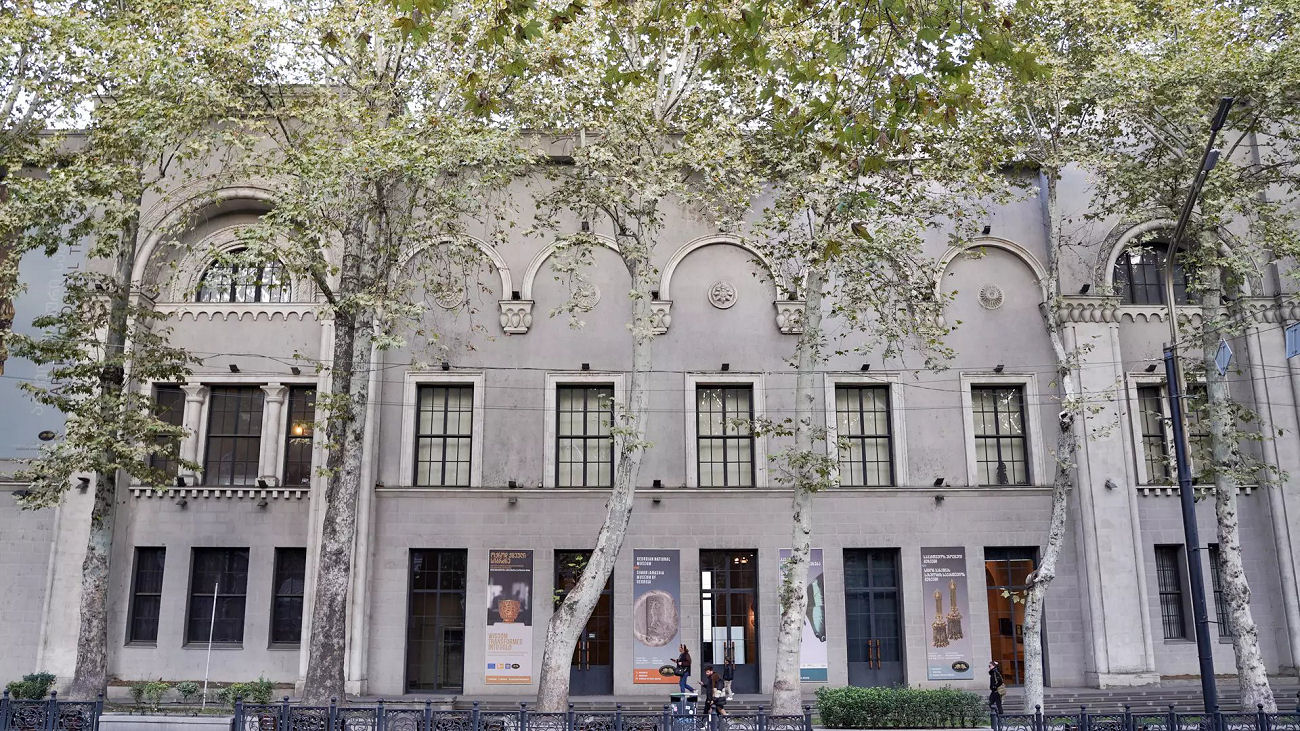
Georgian National Museum
The Georgian National Museum unites 16 museums in the country, all with diverse collections. The museum showcases rich archaeological and ethnographic material,
sample works of Georgian goldsmiths, iconography, and more.
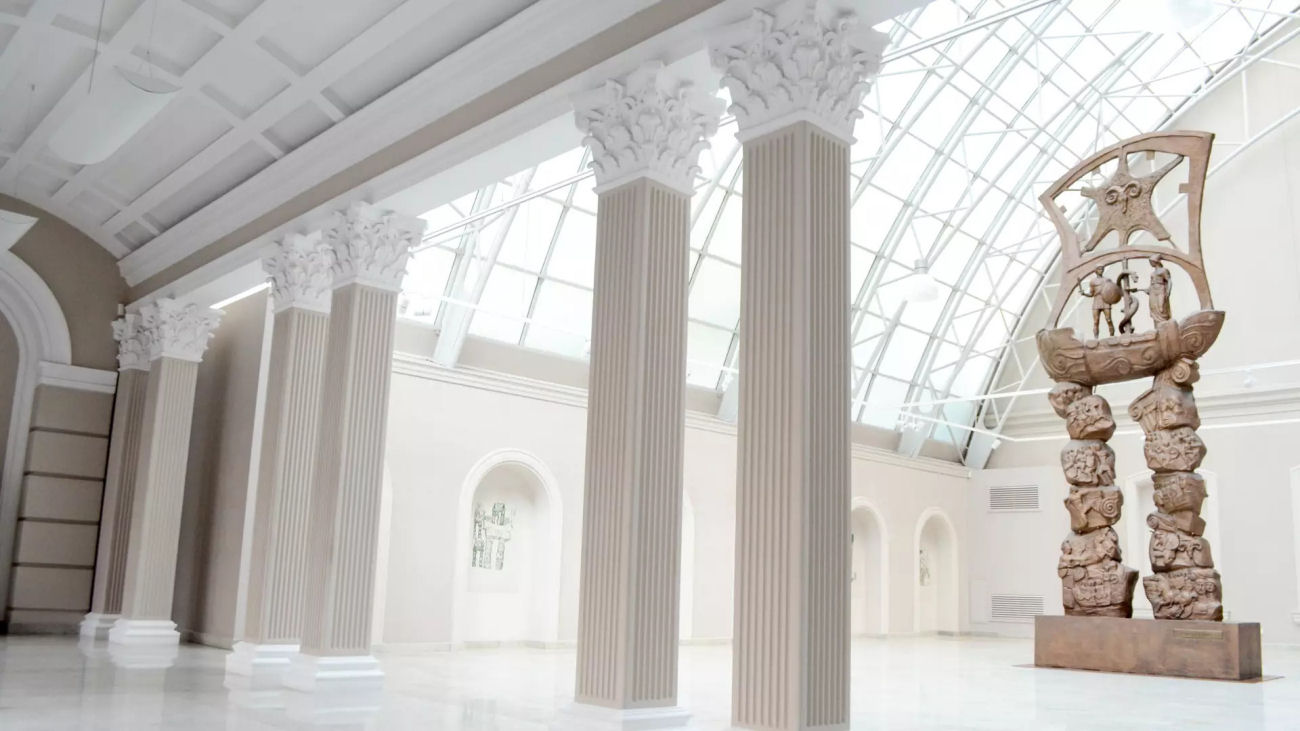
Zurab Tsereteli Museum of Modern Art: MOMA
His thirty-metre-tall sculpture, The Tears of Grief, stands on the banks of the Hudson River in the United States, across from the Statue of Liberty.
The sculpture, weighing 175 tonnes, was dedicated by the artist to the victims of the terrorist attacks that took place on September 11th, 2001.
You can also see the works of this talented sculptor in England, Spain, France, Japan, and Russia. At the Zurab Tsereteli Museum of Modern Art in Tbilisi,
you can not only learn more about this artist, but about modern art in Georgia.
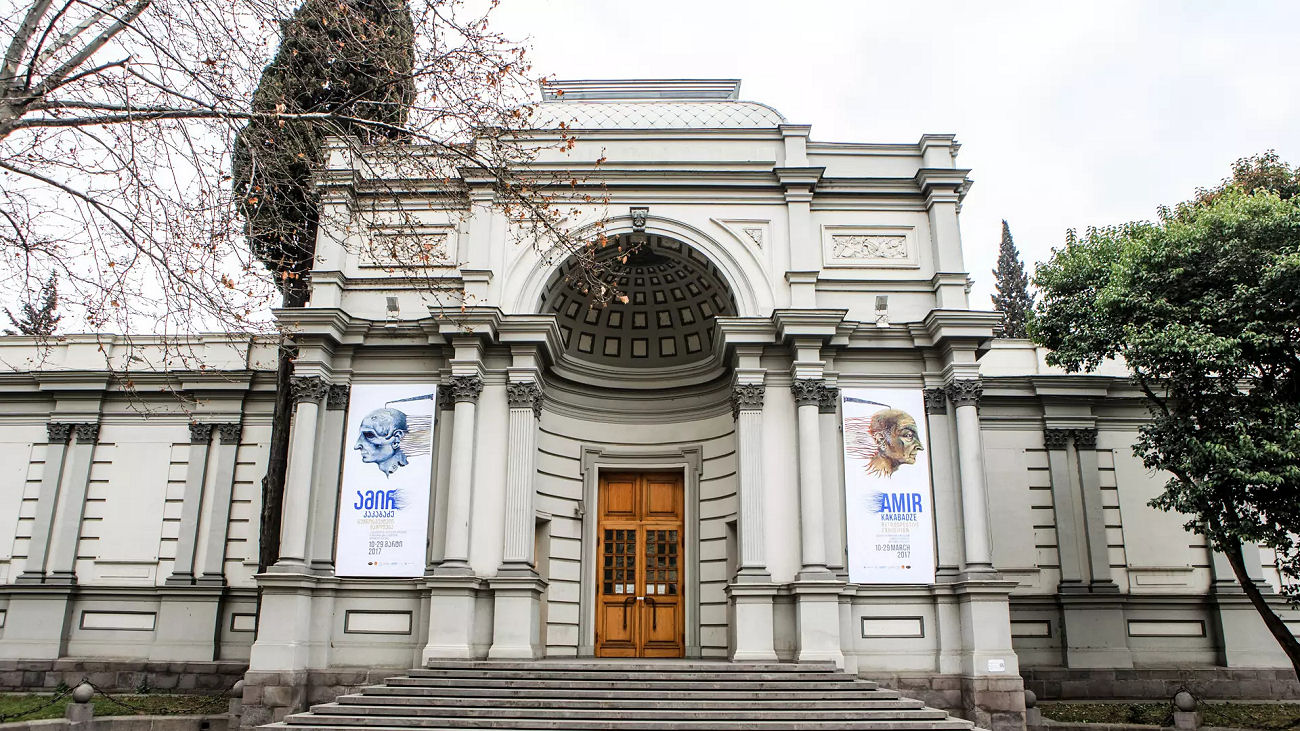
Georgian National Gallery
The Georgian National Gallery (also known as Blue Gallery) holds artworks of Niko Pirosmani, Davit Kakabadze, Iakob Nikoladze, Lado Gudiashvili, and 30,000 exhibits
of XX century modern classical Georgian paintings and sculptures.
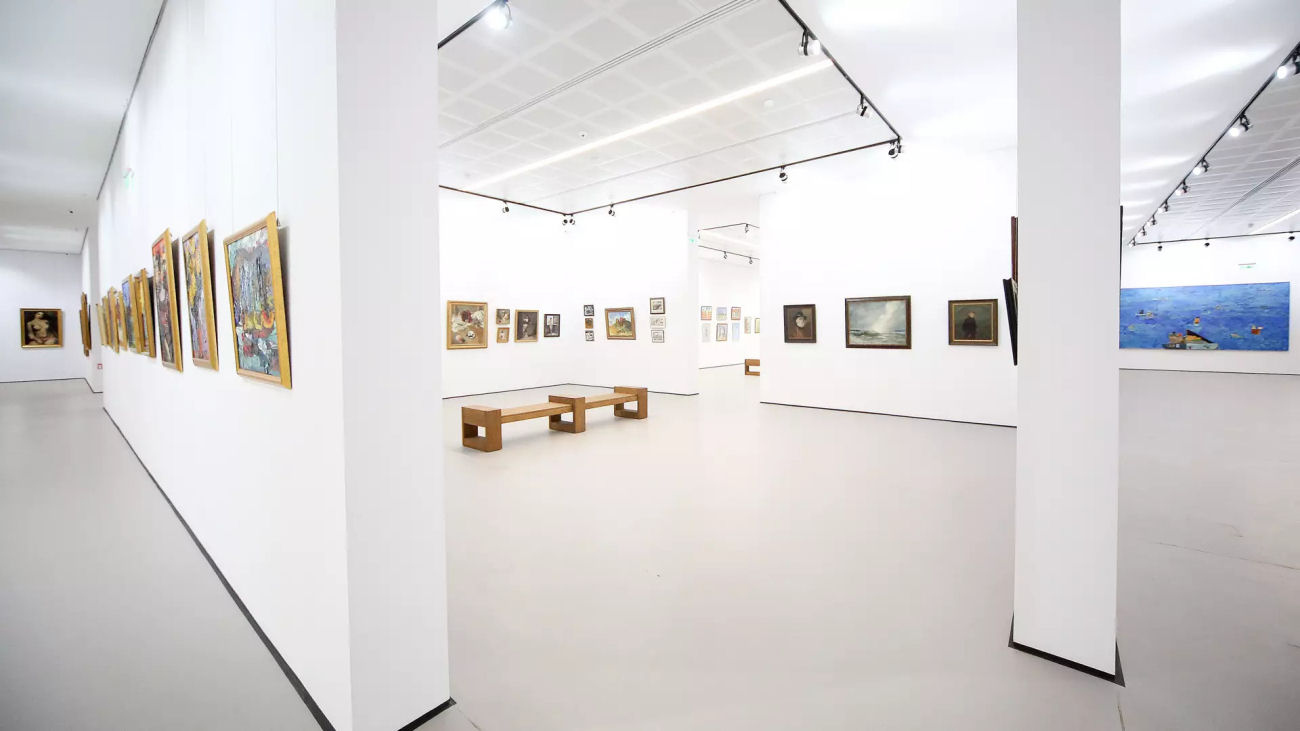
Georgian Museum of Fine Arts
You can tell a great deal about a nation’s character through the art it produces, be it dances, songs, literature, or fine art.
To get a better understanding of Georgia’s character, you should pay a visit to the Georgian Museum of Fine Arts.
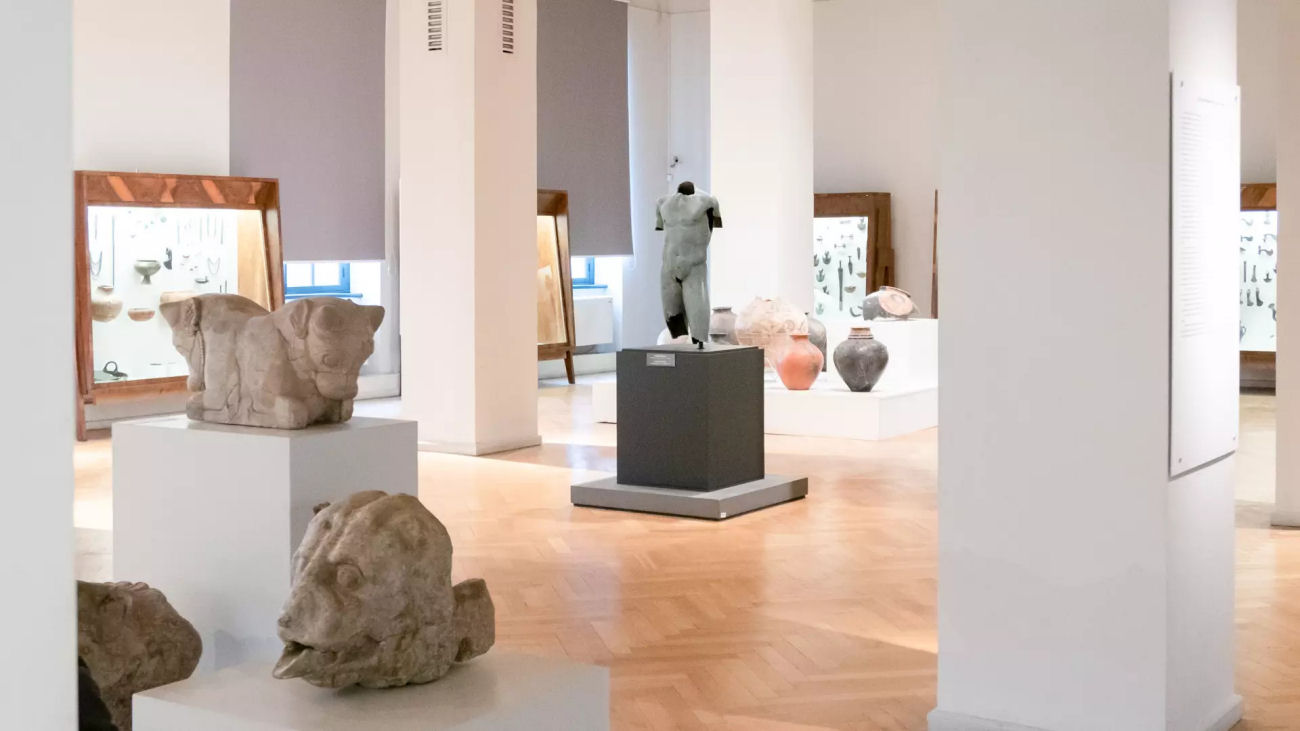
The National Museum of Georgia
If you’re intrigued by Georgia’s long and fascinating history, the Simon Janashia State Museum is a must-see. Possessing one of the largest collections
of artifacts in the country, the museum has representations of virtually every era of Georgian and Caucasian history. Its collections contain monuments
of both natural and cultural heritage, bringing ancient and modern history to life before your eyes.
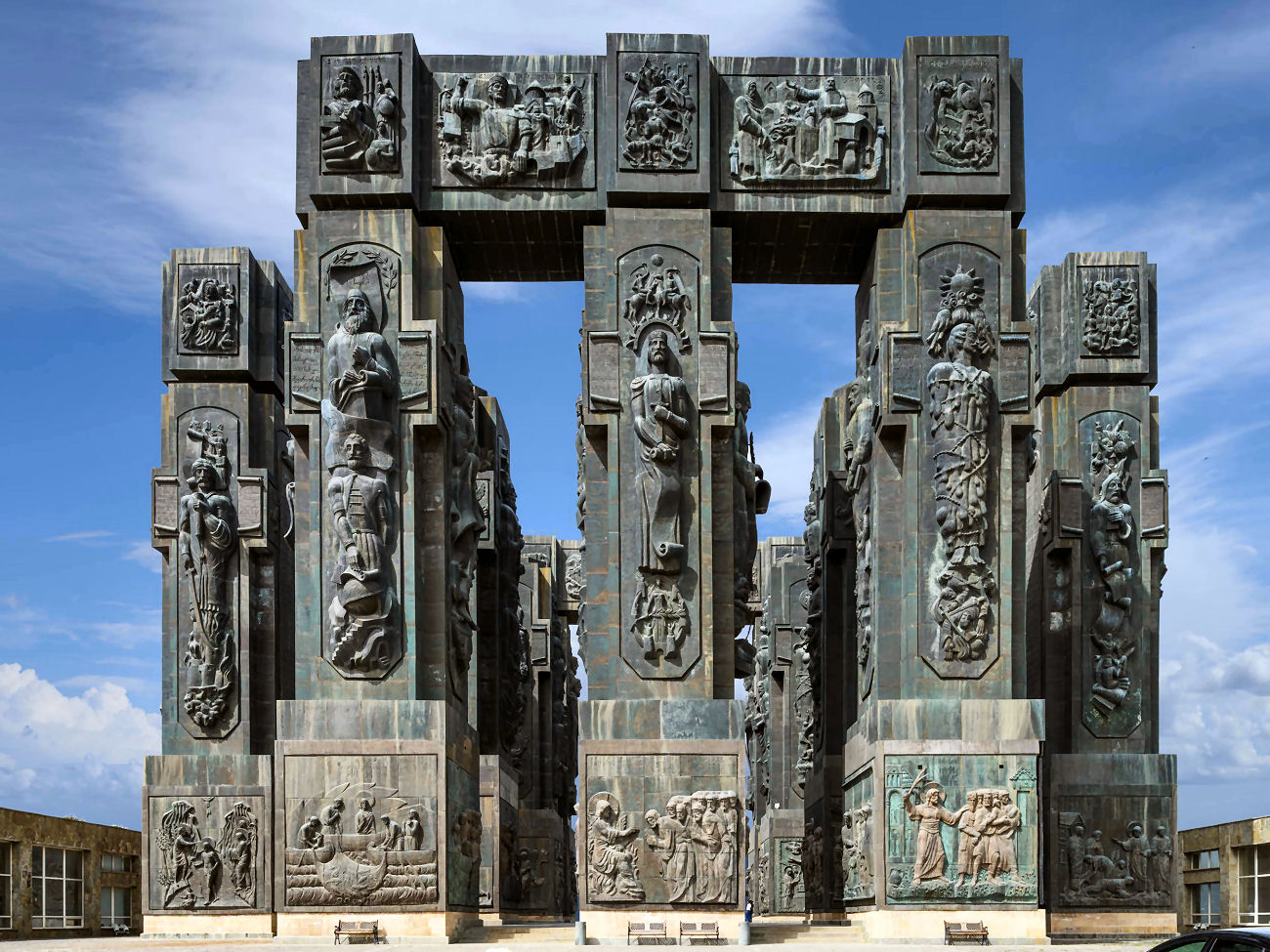
Chronicle of Georgia
The “Chronicle of Georgia” monument, created by the Georgian sculptor Zurab Tsereteli in 1985, is more than just a work of art, it is also a symbol of Georgian national
identity and pride. For many Georgians, the monument represents a celebration of their country’s history and culture, as well as a reminder of the important events and
figures that have shaped the nation over the centuries.
The “Chronicle of Georgia” monument is a must-see destination for anyone visiting Tbilisi. Its stunning architecture and intricate carvings make it a true work of art,
and its symbolic significance as a celebration of Georgian identity and culture is something that all visitors can appreciate. So if you find yourself in Tbilisi,
be sure to make time to visit this remarkable monument and experience a true masterpiece of Georgian art and culture.
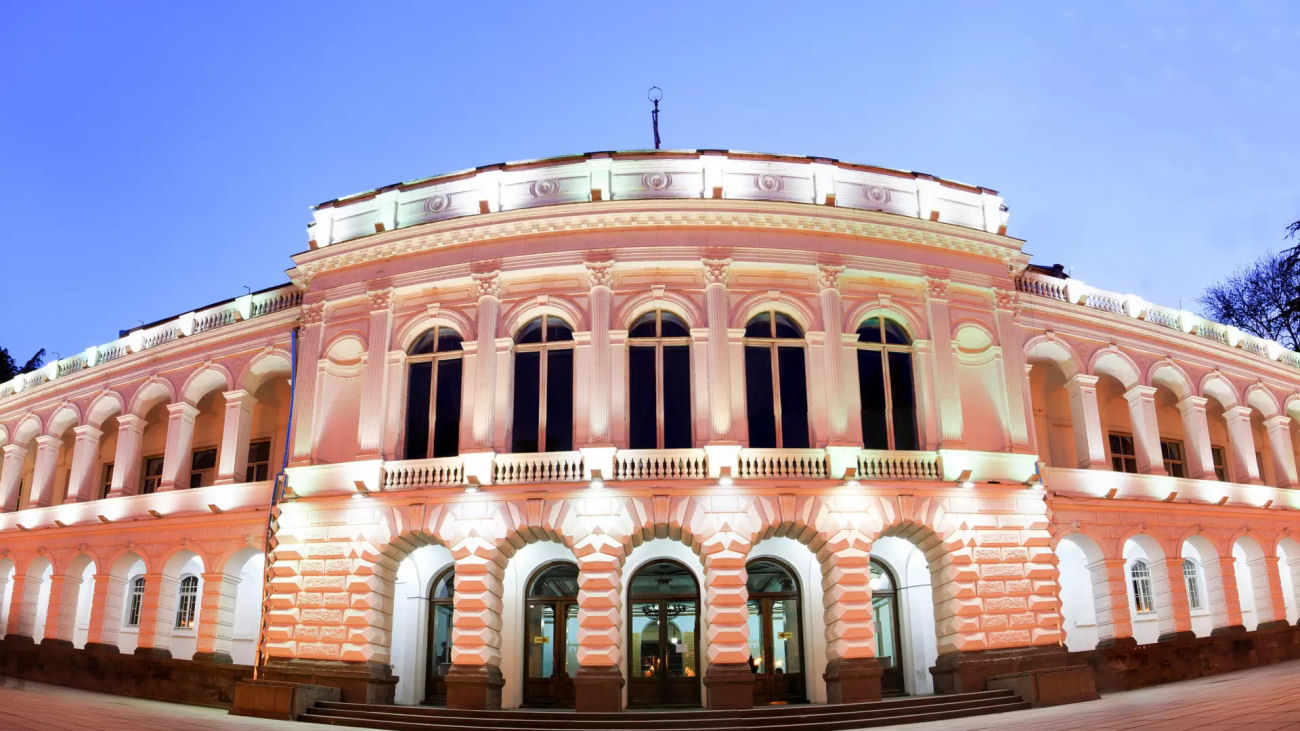
National Youth Palace Museo
While originally the residence of the king’s vice-regent, the white palace at Shota Rustaveli Avenue 6 now has a rather unique owner: the children and adolescents of Tbilisi!
Donated to the children of Tbilisi in 1941, the building acted as a place for extracurricular activities, and has since been converted into a fascinating museum.
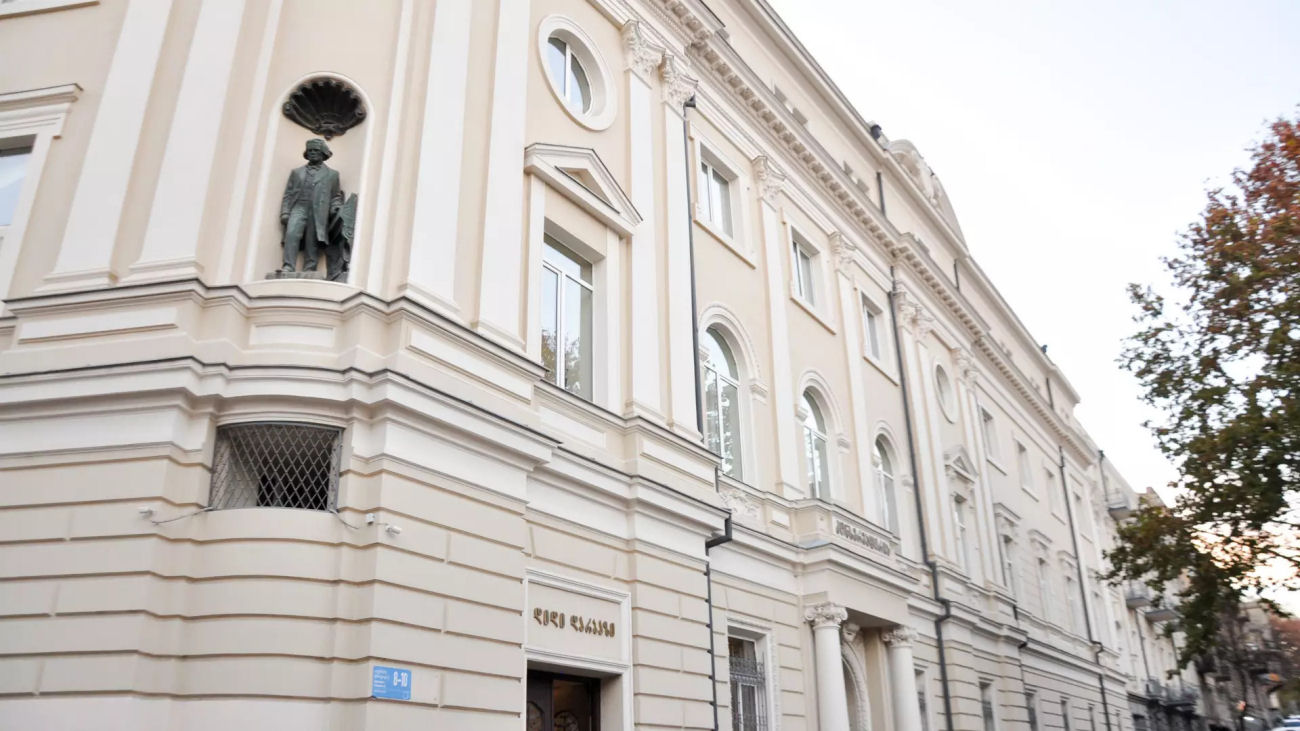
Tbilisi Conservatory
As you’re wandering around Tbilisi, if you turn from Rustaveli Avenue onto the small Mitropan Laghidze Street, you’ll find a building constructed in a neoclassical style.
This is the Tbilisi State Conservatory, where countless influential musicians have studied and honed their crafts over the years.

Kartlis Deda
Mother of Georgia as known Kartlis Deda is a monument in Georgia’s capital Tbilisi. The statue was erected on the top of Sololaki hill next to the Narikala
Fortress in 1958, the year Tbilisi celebrated its 1500th anniversary. Prominent Georgian sculptor Elguja Amashukeli designed the twenty-meter aluminum figure
of a woman in Georgian national dress. Mother of Georgia symbolizes the Georgian national character: in her left hand she holds a bowl of wine to greet those
who come as friends, and in her right hand is a sword for those who come as enemies.
House Museums:
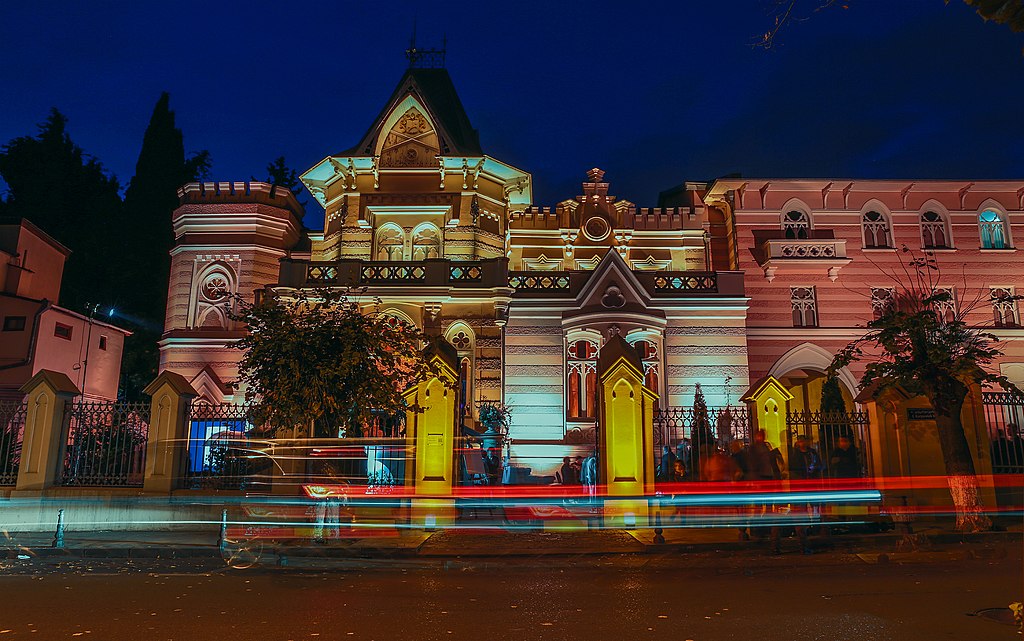
Art palace of Georgia
Formerly the Dadiani Palace. The Museum displays a rich collection of Georgian art. It was designed by a well-known architect of the time, Paul Stern,
and, as an example of historicism, has traces of Gothic and Islamic architecture. Its interior was partially designed by Polish architect Aleksander Rogojsk.

Lado Gudiashvili Foundation
Whether or not you’re an appreciator of fine art, the Lado Gudiashvili Exhibition Hall is sure to leave a lasting impression on you.
Lado Gudiashvili’s life and work are both fascinating and multifaceted. As you wander the halls of the three-story exhibition hall,
you’ll experience a blend of both Tbilisi and Paris at the beginning of the 20th century.
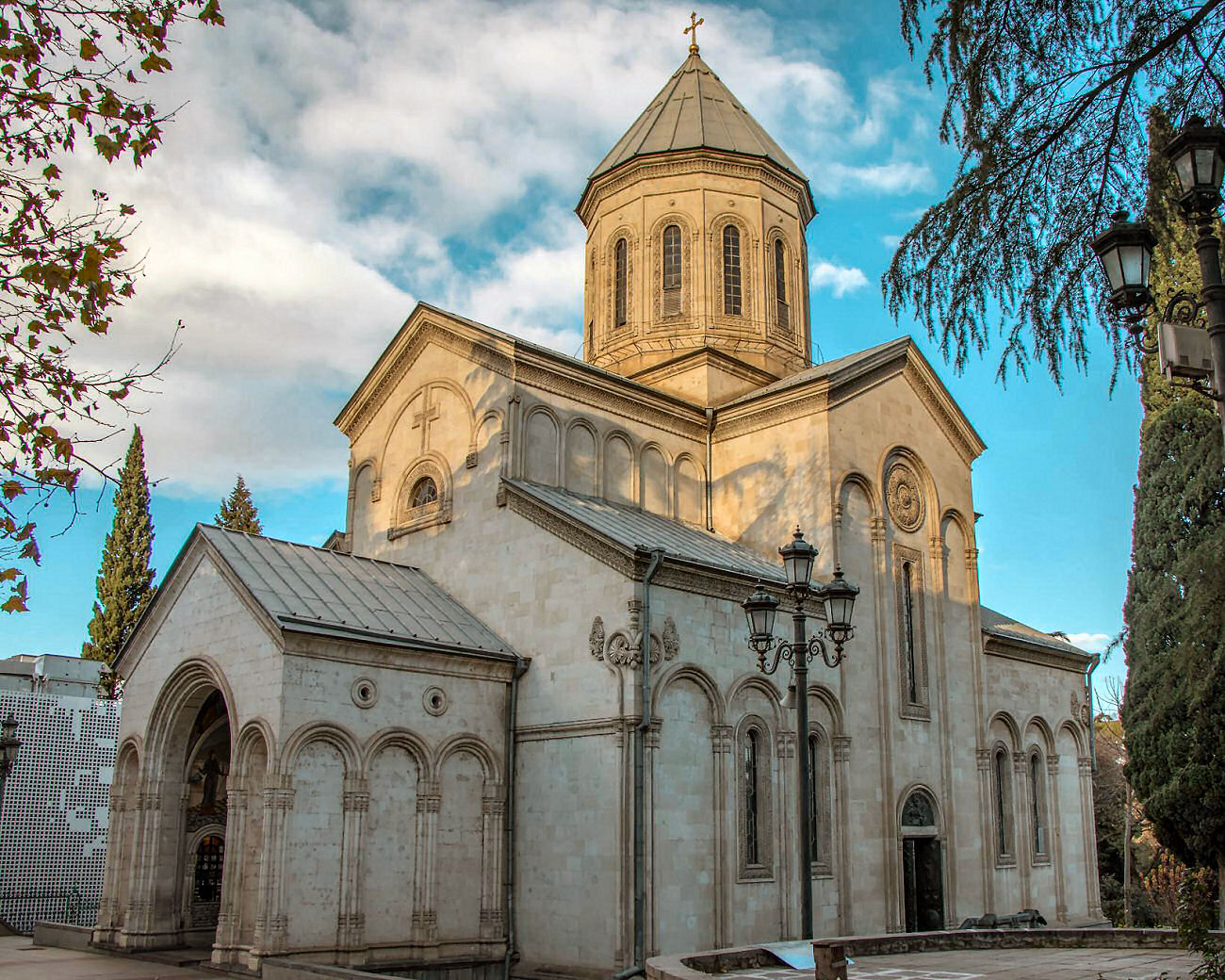
Kashveti Church
Kashveti church is humbly standing at Rustaveli Avenue between the National Gallery and the Georgian Museum of Fine Arts. It also has a great artistic value!
Behind its white walls, the colourful masterpieces by the famous artist Lado Gudiashvili are awaiting. Come in to discover the mysteries of this church!
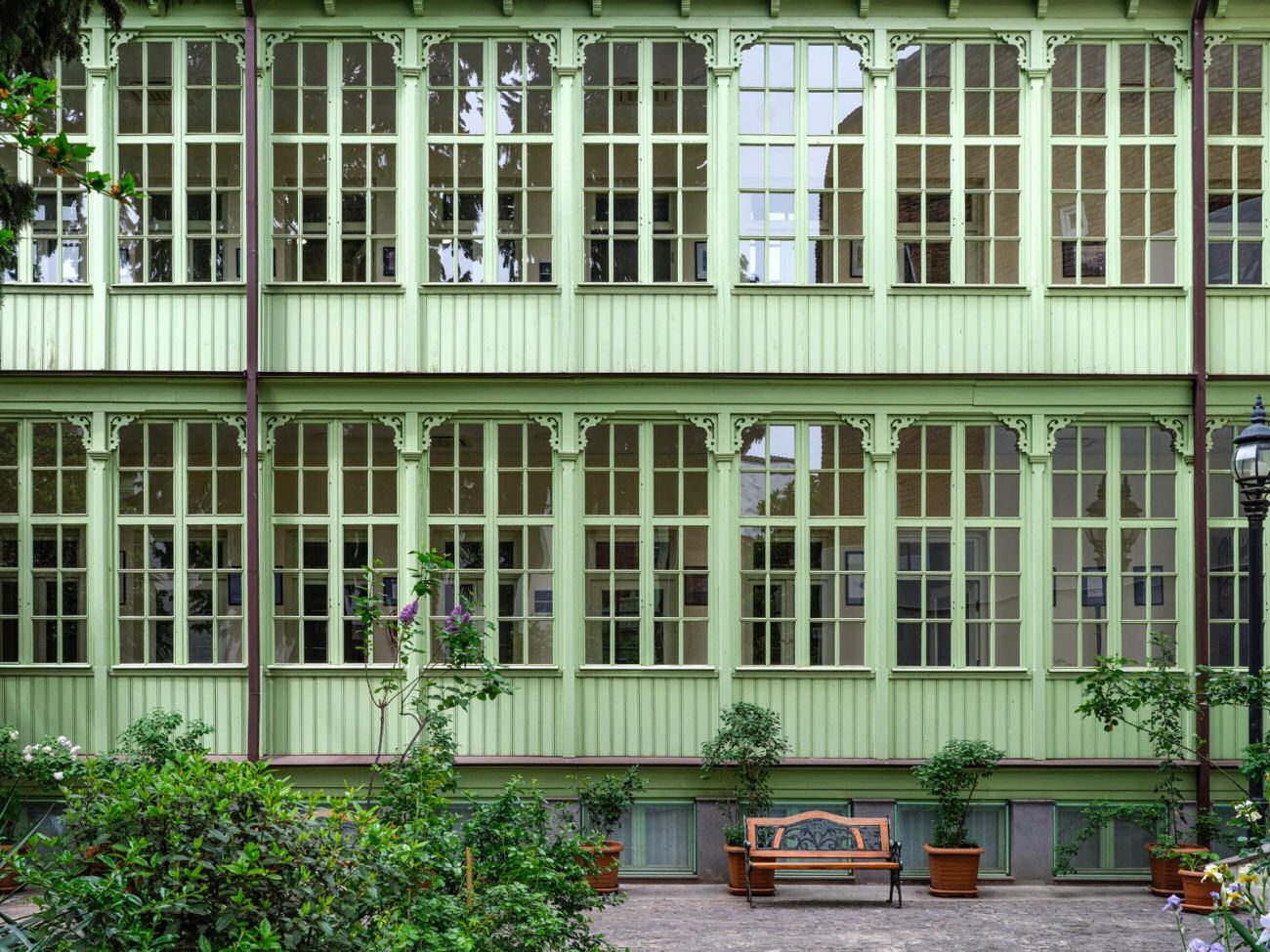
Ilia Chavachavadze literary museum
The museum houses life and work related different types of material of Ilia Chavchavadze, a great Georgian thinker, writer, publicist,
public and political figure (1837-1907) and Shio Aragvispireli, a writer, founder of the Georgian psychological novel (1867-1926).
The collection includes memorial items, personal archives, variety of publications, as well as books dedicated to their oeuvre and life-activity:
scientific papers, monographs, articles, essays and documentary photographs, paintings etc.
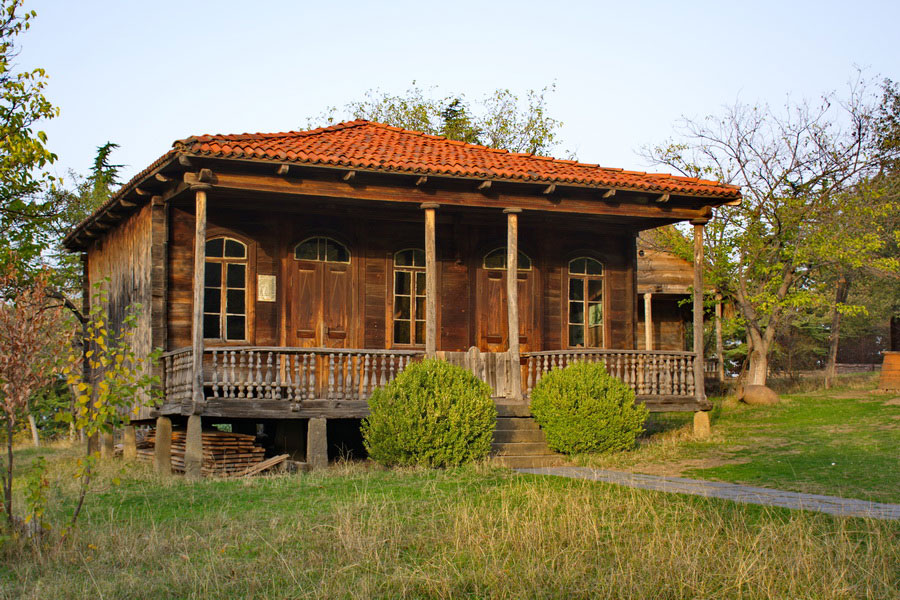
Open Air Museum
The Open Air Museum is located in Tbilisi, Vake district, to the west of “Turtle Lake”. It occupies 65 hectares of land. There are 70 samples of various purpose
traditional buildings in the museum. The museum is one of the most unique museums in Georgia: you can physically “visit” almost the regions of Georgia
(Kartli, Kakheti, Samegrelo, Imereti, Racha, Ajara, Apkhazeti, Svaneti, Samtskhe-Javakheti, etc.) in several hours and learn about the architecture and
traditions of different regions. Along with folk architecture, the museum features objects of traditional crafts (carpets, rugs, traditional clothes,
metalwork, ceramic, wooden items, etc.).